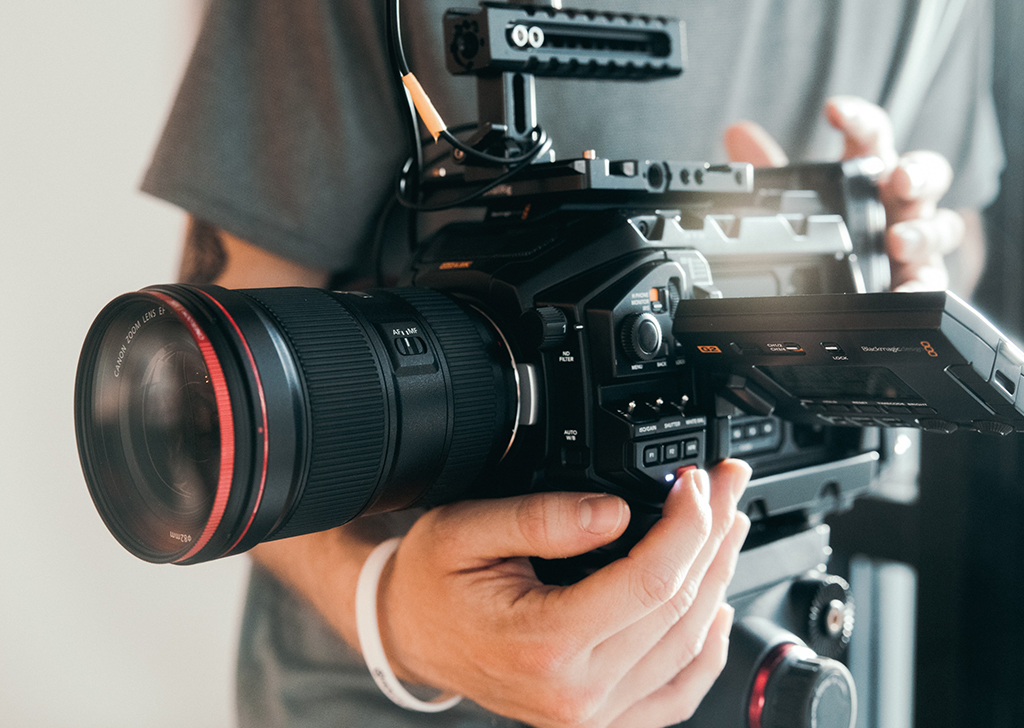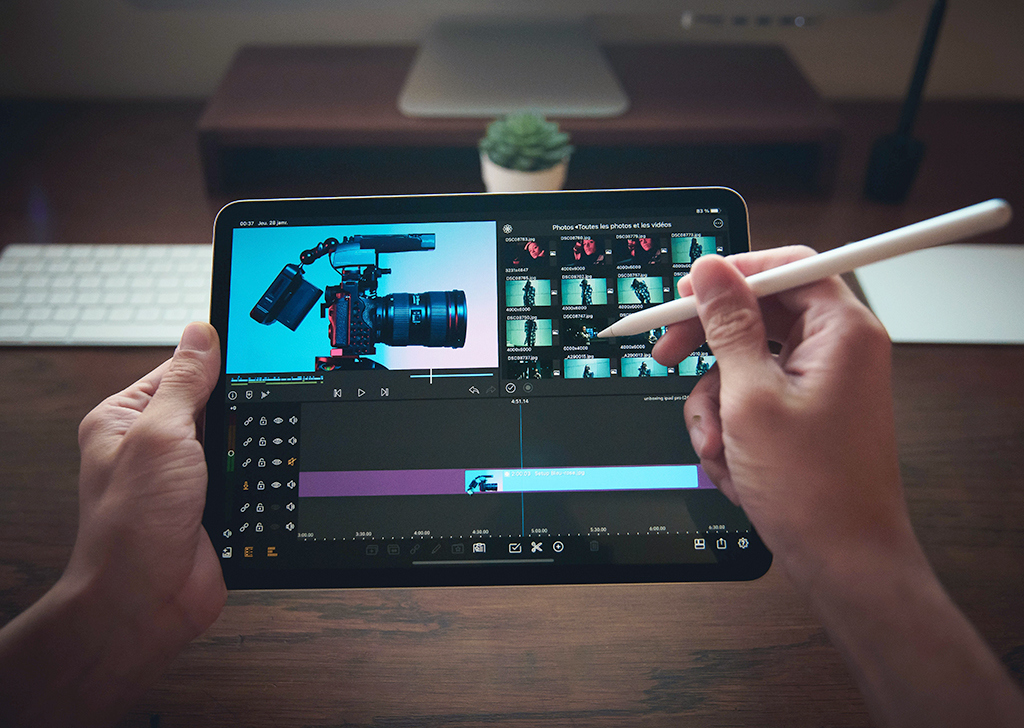
Whether it be for commercials or corporate companies, video production projects require a lot of planning. Other than budget, there are many other considerations such as team size, gear, schedules and more.
With over 15 years of experience, Sean Seah from VulcanWorx shares his expertise on the ins and outs of getting started on your first corporate video production.

Budget and Roles
A large budget allows for the engagement of specialised crew members such as:
Having a specialised crew eases the team’s burden that may otherwise have to take on multiple roles. With these added members, the team can focus and deliver their best according to their niche.
A smaller budget means that you must trim down your crew. In this case, you will need simpler gear that can be operated by others to ensure that the production can keep pace. A smaller crew may consist only of:
At the same time, special effects or animations may not be possible with small budgets as special effects artists can come with high fees.
Therefore, the budget will affect the final output and will be proportionate to the work produced. With small budgets, client expectations must be managed. You can show them samples of past work created within their proposed budget range to set expectations.

Appealing to the Audience
These days, audience attention span is pretty short, so the first few seconds of the video will be crucial in capturing their attention. Hence, you must understand the video’s objective and what features the client wants you to highlight.
At the same time, the video should also be concise enough to get the message across. This is especially important for product videos. You need to understand the core unique selling point of the product to position the approach.

Essential Camera Specifications
Regarding Backup Gear
Backup cameras and lenses are a must for corporate work. Should any gear fail to operate during filming, the cost of reorganising a shoot can be very high. It is recommended to have at least two cameras on-site. For lenses, a zoom lens can be used as a backup for primes.

Storyboards
If you are not good with sketching, you can download storyboard templates online and use photos as references. The objective of a storyboard is to turn your vision into something that can be communicated with the client.
What’s a Shot List?
A shot list details all the shots required during the shoot, and it will indicate the angle and other details extracted from the storyboard. This helps to ensure that no shots are missed, especially when filming is not in sequence. For example, if you have many scenes to be filmed at a particular location, you should film them all on-site first, even if they are not in chronological sequence in the film. This will help to cut down on travel time.
Scripting for Success
For larger productions, a scriptwriter will be hired. If the client’s budget does not allow for it, the Videographer can take up this role too.
That being said, it is advantageous for the Videographer to come up with the script as he or she would have a clear idea of the visuals and can easily execute what was envisioned.

Location and Lighting
Lighting is key to a good shot. Even when you are shooting outdoors with ample natural lighting, you will need to cut lighting to smooth out harsh shadows.
Site recces are important as you can observe how the natural light performs in that location, including what direction it’s coming from at specific times of the day, its intensity and more. If you put effort into lighting, it can spice up an otherwise boring interview.
Why is a production schedule necessary?
If you have several locations to cover in a day, a production schedule helps keep everyone in the loop. It should also have a contingency plan for events such as bad weather during an outdoor shoot.
In a small team, the Camera Assistant can take on this role, but in a larger crew, the First Assistant Director will manage the schedule.
Should the schedule overrun for various reasons, you’ll need to discuss with your client what can be finished on-site before suggesting a reschedule of subsequent shoots.
There is much to learn in video production, but the key takeaway for this article would be planning and planning well! Remember, any project will be smoother and easier once adequate planning is done to anticipate any changes or obstacles.
For similar articles:
Introduction to Filmmaking on your Canon EOS (1): What Every Beginner Must Know
Introduction to Filmmaking on your Canon EOS (2): Settings, Camerawork & Sound and Music

































